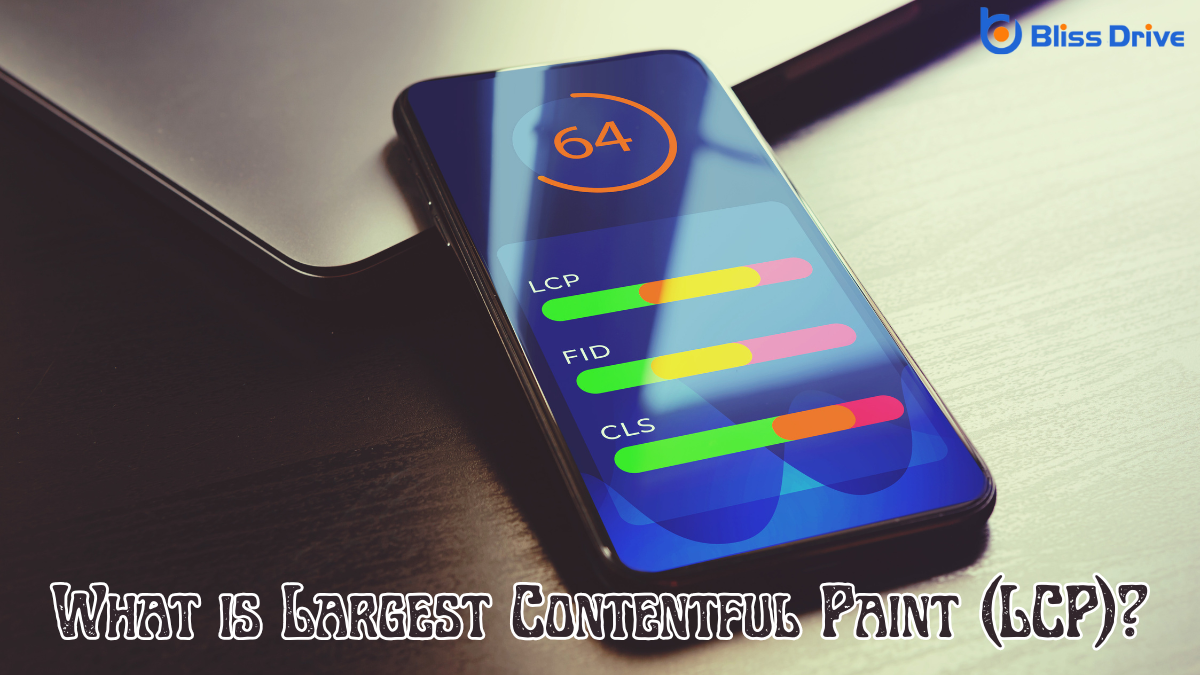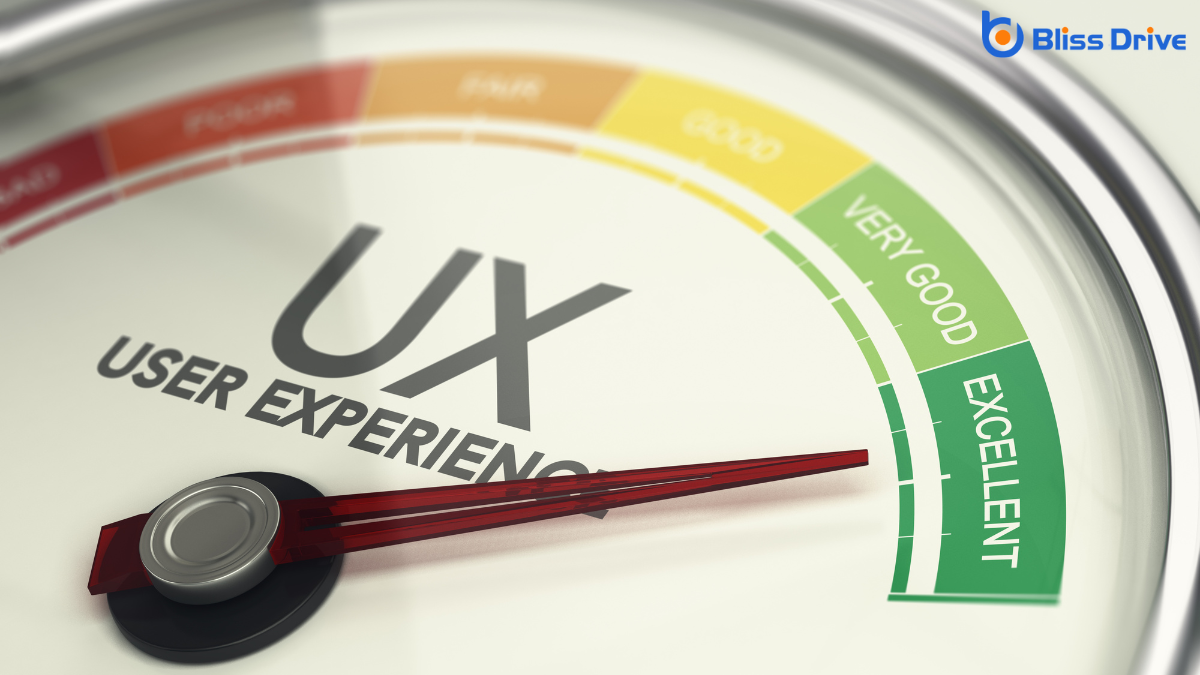Learn More About Us

You're probably wondering what the Largest Contentful Paint (LCP) is and why it matters for your website. Fundamentally, LCP measures the time it takes for the biggest visible element on your page to load, like images or text blocks. It directly impacts how quickly users perceive your site's content, playing an essential role in their overall experience. Want to know how to optimize it for better performance? Let's explore further.
Largest Contentful Paint (LCP) is a critical metric for understanding web performance. It measures the time it takes for the largest visible content element on your page to load. Typically, this element could be an image, video, or large block of text.
You need to focus on LCP because it directly reflects the load speed of the main content, impacting how quickly users perceive your site. A fast LCP guarantees that users see useful content without unnecessary delays.
To achieve a good LCP, aim for it to occur within 2.5 seconds from when the page first starts loading. Regularly monitoring and optimizing LCP can help you verify your website is efficient, keeping visitors engaged and satisfied.

Understanding web performance through metrics like LCP is just the beginning. When LCP is optimized, the largest element on a webpage loads quickly, greatly enhancing user experience.
You know how frustrating it is when a webpage takes too long to load—you're more likely to abandon it. A fast LCP keeps visitors engaged by showing them the content they care about most without delay.
Consider LCP as the first impressionWhen an ad is displayed on a user’s screen. of your website. If it fails to load swiftly, users might question the reliability of your site. In contrast, a fast LCP reassures visitors, making them feel valued and understood.
When users see the content they need promptly, they're more likely to stay, interact, and return. So, prioritize LCP for a seamless user experience.
While improving your website for speed, it’s crucial to understand the key factors affecting Largest Contentful Paint (LCP).
First, consider your server response time. A slow server delays content delivery, pushing back LCP.
Next, pay attention to render-blocking resources like CSS and JavaScript. These elements can hinder the browser’s ability to display content promptly.
Also, large image files can greatly increase load times, so make sure you’re compressing images effectively.
Finally, client-side rendering can slow LCP if scripts take too long to execute. Aim for efficient code and ideal resource loading.
By addressing these elements, you’ll enhance LCP, improving the user experience.
Several tools and techniques are available to help you measure Largest Contentful Paint (LCP) effectively. Understanding these can give you a clearer picture of your website's performance. Here’s a quick guide to get you started:

Improving your site's Largest Contentful Paint (LCP) performance is essential for enhancing user experience and boosting search engine rankings.
Start by optimizing images—compress and use modern formats like WebP. Implement lazy loading to guarantee assets load only when needed.
Minimize render-blocking resources by deferring non-critical CSS and JavaScript. Use a content delivery network (CDN)A system of distributed servers that deliver content to users based on their geographic location. to reduce server response times and deliver resources closer to users.
Ascertain your server is fast, possibly by upgrading hosting plans or using a server cache. Optimize fonts by using only necessary styles and hosting them locally.
Prioritize critical content to load early in your page structure. Regularly monitor and test your site to catch and address any LCP issues promptly.
You now understand the importance of Largest Contentful Paint (LCP) in enhancing user experience. By focusing on optimizing LCP, you're ensuring that your website's main content loads quickly, keeping visitors engaged and reducing bounce rates. Use tools and techniques to measure your LCP and apply effective strategies to improve it. Remember, achieving an LCP score under 2.5 seconds is essential for performance. Keep refining your approach, and you'll see significant improvements in user satisfaction and site success.
